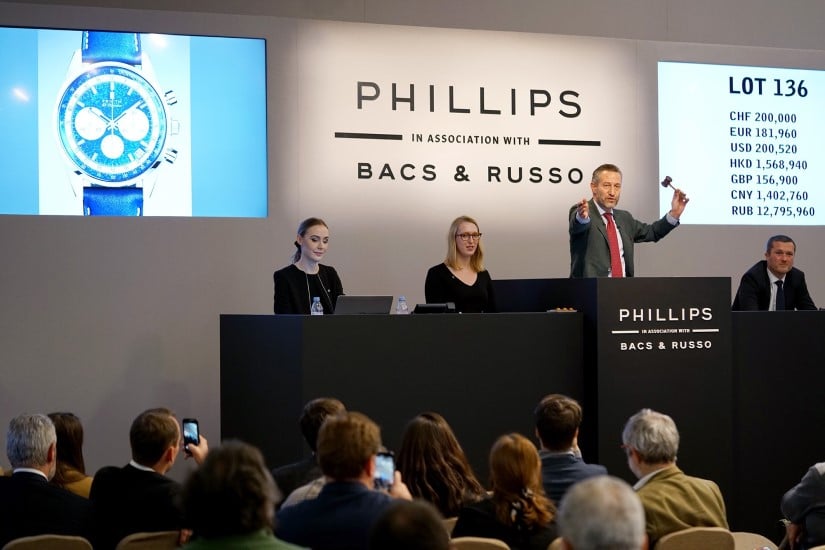China’s traditional craftsmanship has always been world-renowned, sparking countless discussions. Recently, an Asian art auction held in Geneva has caused a huge sensation in the auction world, with several priceless traditional Qing Dynasty Chinese royal artifacts appearing, leaving collectors in awe and breaking the record of Piguet Auction House with a staggering price of up to 3 million US dollars.
Due to historical and craftsmanship factors, it has been famous at home and abroad throughout history. Each dynasty has different famous artworks. Many of these famous artworks are hailed as world treasures, not only unique, but also difficult to reproduce due to the loss of techniques or environmental factors, even with modern technology.

Therefore, whenever new Chinese antiques are unearthed or exhibited, they will attract a lot of attention from Chinese cultural relics researchers. And when traditional Chinese antiques are sent to auction houses for auction, it will attract the attention of countless top collectors, hoping to acquire a good antique. The focus is on several traditional Chinese antiques exhibited at an Asian art auction held recently in Geneva.

Exhibit 4414: Liu Xiaodong
The first Chinese antique that attracts collectors from all over the world to compete for is a portrait oil painting named Liu Xiaodong, with dimensions of 38×33 cm. The oil painting has a signature and date on the back, indicating that it comes from the Beijing Courtyard Gallery and was completed in 1998. After intense bidding by different collectors, the oil painting was sold for $20,800, approximately HK$162,211.40.

Exhibit 30: Double-headed soft jade vase
Another Chinese antique that attracts collectors from all over the world to bid eagerly is a remarkable Chinese double-layer double-headed soft jade vase, with a Chinese dragon and carp shape leaping from the water on each side, the carp on the right side is 20cm taller, accompanied by a dragon.
Believed to be based on the folk legend of carp jumping over the Dragon Gate, it is said that when a carp swims upstream in a waterfall and reaches the top of the Dragon Gate Waterfall on the Yellow River, it can transform into a dragon. The legend may not be true, but ancient people still based on the story depicted in the legend, using perfect jade stones paired with superb craftsmanship, to showcase a vivid image on the jade bottle, creating an exquisite piece of jade art. In the end, the jade bottle was sold for $62,500, approximately 487,456.56 Hong Kong dollars.

Exhibit 3873: Square Soft Jade Seal
Among the many artworks exhibited, the most attractive is a square-shaped soft jade seal, measuring 5×5 cm in length and width, and 6.5cm in height. The color of the jade seal is light green and white, with a faint pattern, highlighting the beauty of the jade. Above the jade seal is a shape of a divine dragon holding a dragon ball in the clouds, while below the jade seal is engraved with the inscription “Treasure of the Eight Signs of Aging”.

The imperial seal is estimated to have been made between 1789 and 1795. At that time, Emperor Qianlong was eighty years old. To celebrate his eightieth birthday, various seals with different styles and similar inscriptions were made. The seal was eventually sold at a high price of $1,374,175, equivalent to HK$10,715,851.00, in a heated auction competition among collectors worldwide.

